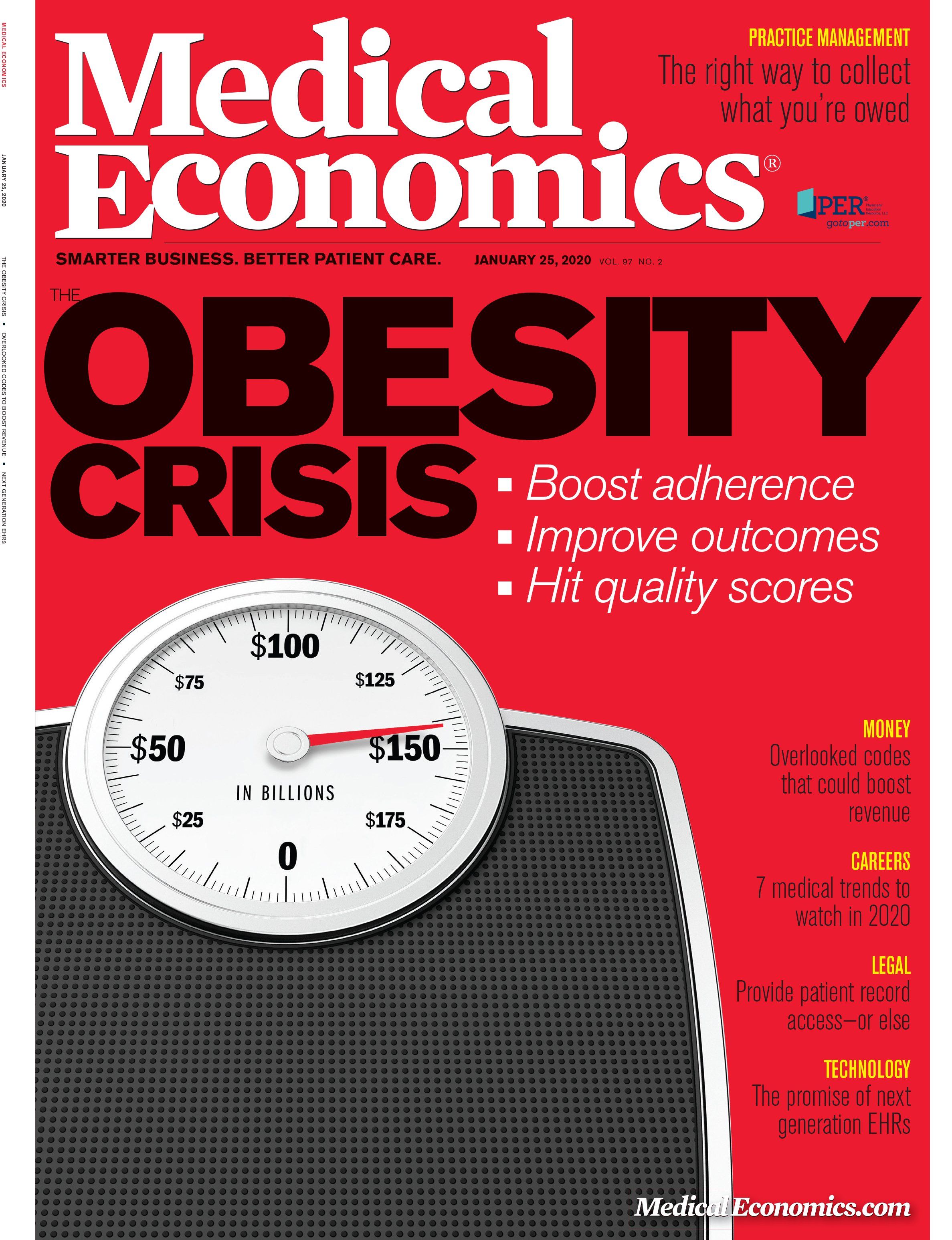Publication
Article
Medical Economics Journal
The EHR-friendly way to boost collection results
EHRs can handle all clinical aspects of the revenue cycle with ease, but they lack visibility into the back end of the revenue cycle.

On average, multi-physician practices pay between $180,000 and $200,000 for their electronic health record systems (EHR)-a significant and crucial investment.
An EHR is often the beating heart of a healthcare organization, housing all operations, patient services, and information as well as powering the revenue cycle. Modern EHRs have propelled physician practices into the future and revolutionized the way providers manage their businesses. However, there is a gap that exists within many EHR platforms that can seriously impact profitability.
Modern EHR platforms can handle all clinical aspects of the revenue cycle with ease, but they lack visibility into the back end of the revenue cycle. Agent performance problems that go undetected and untreated include everything from long hold times and too much time off the phones to procedural mistakes and missed opportunities to discuss high-priority claims. Moments like these are costly for providers, and they add up to big losses over time.
New solutions have been created to seamlessly integrate with existing EHRs and offer the missing capabilities providers need to optimize their revenue cycle. Let's take a look at these capabilities and how they enhance EHR value.
Increase efficiency through automation
Many collection agents spend their days manually searching for the status of claims and then making calls (typically, with long hold times). It’s an inefficient, tedious process that wastes time agents should be spending on higher-value accounts.
By automating routine tasks, navigating IVRs to minimize hold times, and helping agents prioritize account work, modern receivables systems put time back in agents’ hands. Claim statuses, for example, are automatically obtained through payer websites and updated in the EHR; from there, the system handles any follow-ups and routes denials and other specific statuses to actionable pools. All of this happens without any agent involvement.
Measure and manage agent performance
When it comes to lowering operating costs and increasing revenue recovery, the ability to measure, track, and manage agents’ performance is a considerable advantage for providers.
By filling the EHR gap, providers enjoy the benefits of a steady stream of real-time data from the front line. How much time are agents spending on low-value accounts? How productive are they working on site versus remotely? How many accounts are being checked with the payer during one phone conversation? Valuable real-time insights like these can help bring awareness to mismanaged workflows, and team leaders can use the data (which feeds directly into an automated QA program) to help agents maximize their time and to address larger performance trends-regardless of where agents are based.
By introducing a solution that’s designed to bring accountability to A/R and seamlessly integrates with an existing EHR, providers can simultaneously improve efficiency, boost revenue recovery, and increase overall employee engagement and retention. In an era of shrinking provider margins, these are the keys to a more efficient, profitable collections operation and a stronger, more competitive enterprise.
Shawn Yates is Director of Product Management for Healthcare at Ontario Systems.






